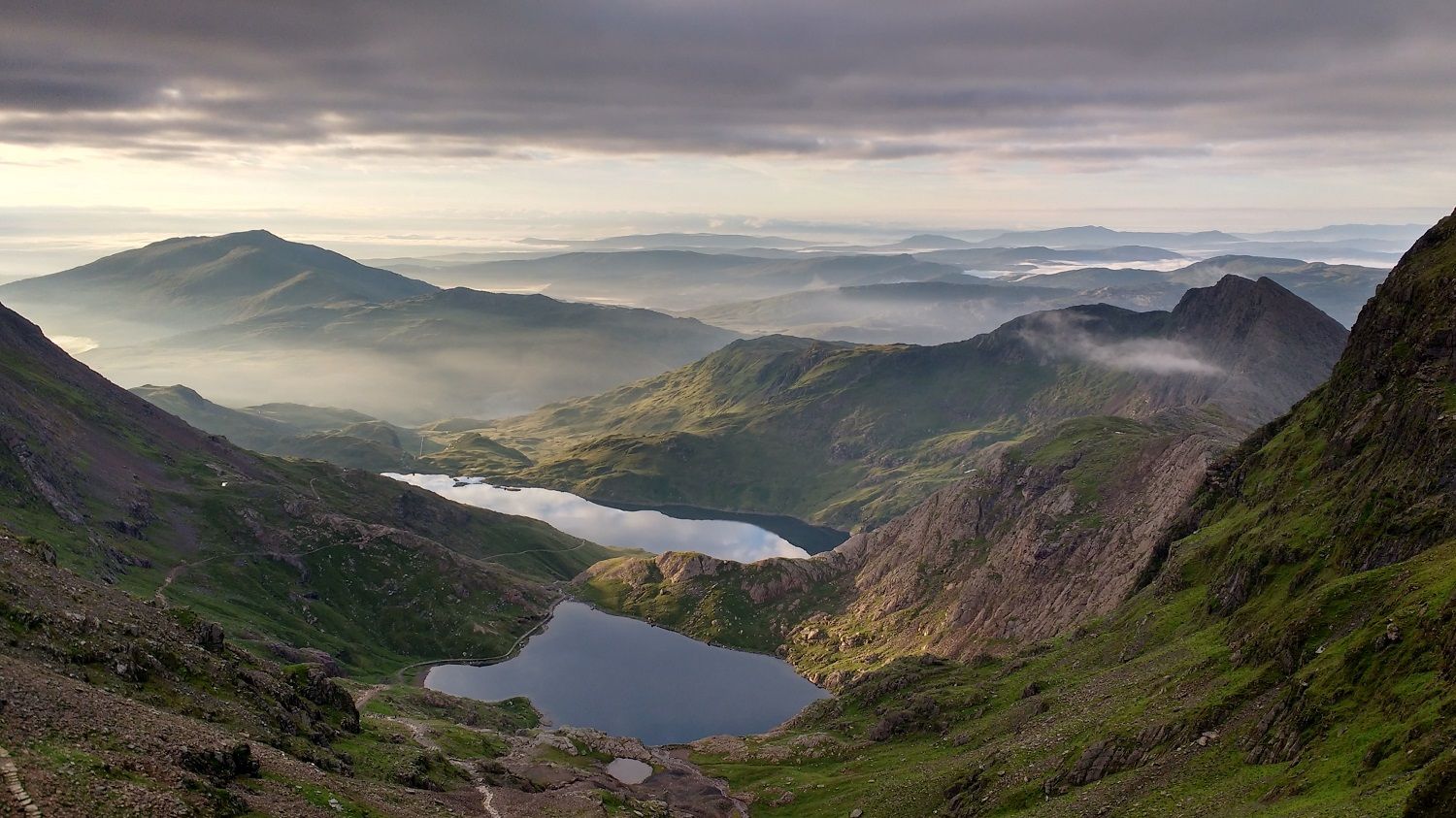ALPINE TOP TIPS, CLIMBING QUICKER (SAFELY) MOUNTAINEERING
MOUNTAIN TRAINING
Climbing long Alpine routes is a stamina fest, not a sprint, so remember the Tortoise and the Hare. "Not stopping" is much more important than moving quickly. You will find that hurling yourself up a pitch in a reckless style is dangerous, and will save only minutes. The following may reward you with far more significant savings:
Lead in blocks

Alpine Top Tips, Climbing Quicker
Each climber leads a .block. of (typically 4-6) pitches, rather than swinging leads. This saves time at the stance because the whole rack doesn.t have to be swapped over. Only the gear cleaned from the pitch needs to be handed back. To make this even quicker:
Rack kit as you clean on a 4 ft sling
Rather than clipping gear back onto your harness gear loops, clip gear onto a 4 ft sling over your shoulder. At the stance this can then be handed directly to the leader thus saving valuable time. Just make sure you get an empty sling for the next pitch!
Quicker belays
Alpine Top Tips, Climbing Quicker
How often have you raced past an obvious ledge, or a monster spike, only to run out of rope a few metres higher? You are then committed to an awkward stance and a time consuming anchor. So this tip is simple - as long as it.s a good anchor, never climb past a gift! Every time you take a quick belay, you have a full rope length to find the next obvious one! Of course . the other option is to get on equipped routes with the belays in place (but let.s not open that can of worms). Just beware shabby old fixed kit in the mountains and never, ever, settle for a dodgy belay!
Less pitching
Alpine Top Tips, Climbing Quicker
This is the real secret to moving fast on Alpine terrain . the black art of moving together . and should be practiced before you go. The U.K. is a great place to get this wired, as classic scrambles provide a great training ground. Climbing with a partner you know well, you will get a feel for the sort of ground over which you can move together safely. Now this is not simply throwing caution to the wind, but a carefully considered strategy. Each climbing partner will have their own strengths and weaknesses. Develop an understanding of how they think; how fast or slow they climb; how good their gear placements are. Both partners should have similar ideas about when to stop moving together and start pitching. Keep evaluating, do every simple thing you can to make things safer, and don.t anyone fall off! Consider getting instruction in these techniques, and any practice before you go will be time well spent.